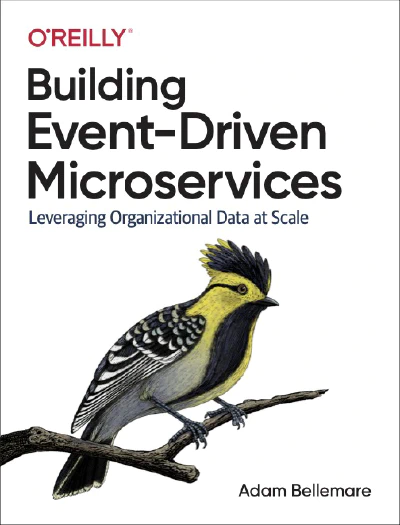
Building Event-Driven Microservices - Chapter 5 - Event-Driven Processing Basics
Overviewing basics of event processing in Event-Driven Architectures:
Typical structure of microservice Typical types of event transformations, 2 branching scenarios, merging streams Repartitioning events and when it can be useful Copartitioning events and when it is needed Assigning Partitions to a Consumer Instance. Three strategies to do this. Recovering from stateless processing instance failures. These topics are disclosed in the Chapter 5 of the book we are currently studying:
